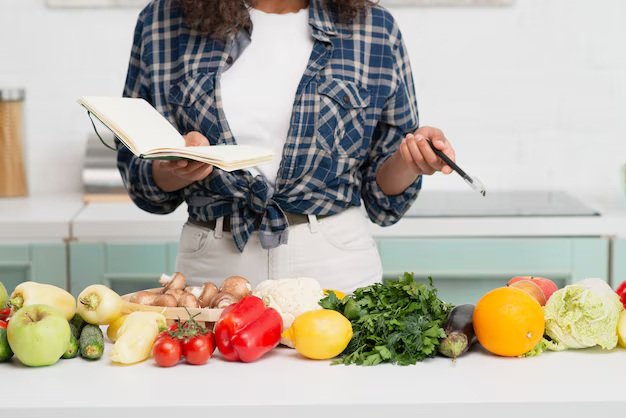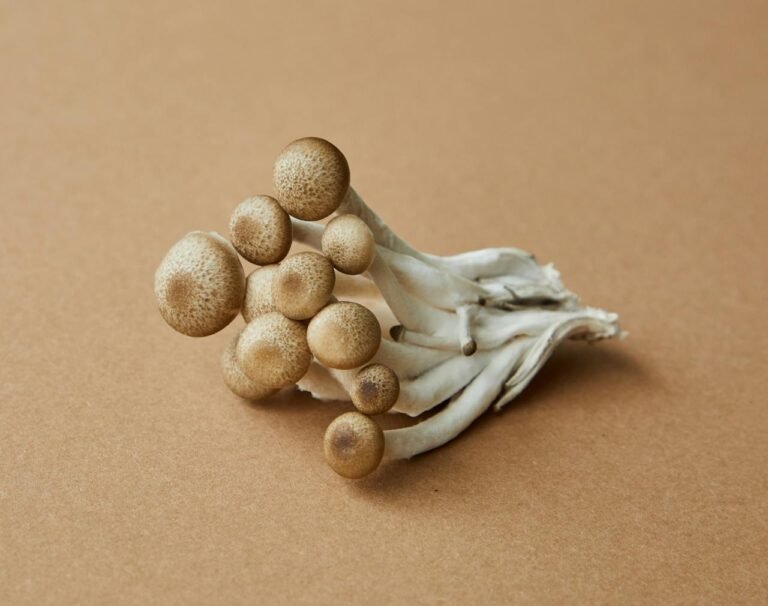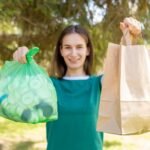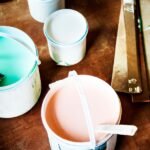How to Clean Pesticides Off Fruits and Vegetables — What the Evidence Actually Says
People have been rinsing fruits and vegetables at the sink for generations, and most of us believe a quick scrub will make them safe. However, recent science suggests that washing helps — sometimes significantly — and sometimes not enough. According to the American Chemical Society’s press on a Nano Letters study, pesticides can move past the apple peel and into the outer pulp, which means ordinary washing may not remove all residues. This does not mean your fruit is suddenly toxic, but it does change how we think about reducing exposure at home.
Government food-safety agencies and public-health groups still agree on basic hygiene: washing removes dirt, germs and some surface pesticide residues and is an important step before eating raw produce. The U.S. Food and Drug Administration (FDA) and other agencies advise against using soap or household detergents on food; instead, they recommend rinsing produce under running water and gently rubbing firm produce with a brush when necessary. These official rules reflect both safety (soapy residues are not food-safe) and practicality: for many common pesticides, water plus friction removes a meaningful share of what sits on the surface.
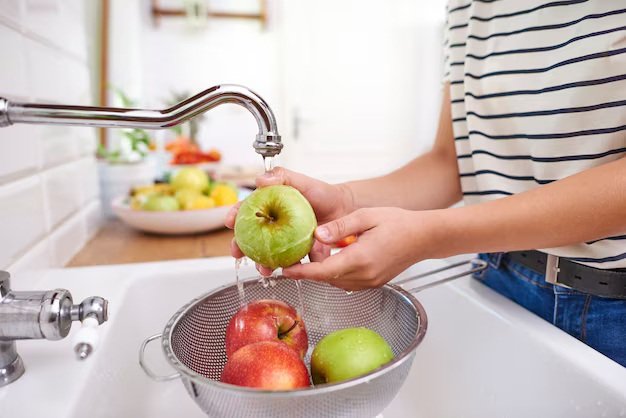
What the Science Says About Different Cleaning Methods
Lab experiments and comparative studies give the clearest picture of what actually works. Researchers have repeatedly tested simple running water, homemade solutions (baking soda, vinegar, salt), commercial “produce washes,” and mechanical action (rubbing, brushing, blanching). Results vary by the chemical tested, the fruit or vegetable, and whether the pesticide sits only on the skin or has soaked in. One clear pattern: surface-bound pesticides are much easier to remove than pesticides that have penetrated tissue.
A widely cited laboratory experiment applied two common pesticides to apples and compared three cleaning methods. The study found that a baking-soda (sodium bicarbonate) soak removed surface residues far better than a two-minute rinse with water or the bleach wash often used in industry; in that test, baking-soda treatments removed most surface residues after about 12–15 minutes, while ordinary rinsing did not. The authors also mapped pesticide depth and showed that some pesticides had moved below the skin, which no surface wash could fully clear. These findings mean washing can reduce surface residues, but cannot fix pesticides that have moved into the fruit.
A separate comparative study of leafy vegetables examined nine common cleaning methods and found running water (with vigorous rubbing) delivered among the highest average reductions of residue for the leafy crops tested. For delicate leaves that can’t be scrubbed, methods that combine running water and gentle agitation work best. That same study reported a wide range of removal (roughly 40–77% reduction depending on crop and method), showing that washing helps a lot but rarely removes everything.
Consumer-facing investigations and government monitoring put these lab results into context. A large analysis by Consumer Reports found that about 20% of common fruits and vegetables carried pesticide residues at levels the organisation judged to pose a significant dietary risk, and public databases (USDA testing) have repeatedly shown detectable residues across many foods. Those findings prompted experts to recommend combining good washing practice with smart purchasing (choose organic when buying items that tend to carry the most residues).
Below is a compact case-study table summarising results from key, relevant studies so you can compare methods quickly.
| What was tested | Typical reduction reported | Practical note |
|---|---|---|
| Baking soda soak on apples (12–15 min) | Removed most surface thiabendazole and phosmet residues (up to ~80–96% for some compounds in lab tests). | Lab protocol used a 1% NaHCO₃ soak and thorough rinsing; not all pesticides behave the same. |
| Running water + rubbing (leafy greens) | Average reduction range ~43.7–77.0% depending on the vegetable and pesticide. | Best for leafy greens where brushing is not possible; rubbing and agitation are key. |
| Ordinary two-minute industry bleach wash | Much less effective than baking soda in the apple test for surface residues. | Industry uses many postharvest processes; household bleach is not recommended for home produce. |
| Peeling fruit | Near-complete removal of residues that are limited to peel and outer pulp layers. | Removes skin nutrients too; recommended when pesticide penetration is suspected. |
| Commercial produce washes | Mixed results; in independent testing, they often performed no better than water or a mild dish-soap solution. | Many product claims lack independent lab support. |

Real-World Cases and Expert Voices
Researchers and consumer groups give complementary perspectives. Dongdong Ye, a co-author of the Nano Letters paper, told reporters the study’s goal was to give practical guidance, not to frighten people; he said peeling the fruit (and a thin layer of pulp) removed nearly all residues in their tests. According to The Guardian and ACS coverage, the imaging technique used in their lab showed pesticides inside the peel and into the outer pulp — so washing alone sometimes won’t be enough.
From the consumer-science side, Michael Hansen, senior scientist at Consumer Reports, said new detection techniques are useful for understanding how pesticides move in produce and that consumers shouldn’t assume washing will always protect them. According to Consumer Reports, their analysis of government testing led them to recommend prioritising organic purchases for a short list of high-risk items.
Food scientists who work directly with consumers add practical advice rather than alarm. Dr Bryan Quoc Le, a food scientist cited by EatingWell, emphasises correct technique: running water, friction where possible, and tools like brushes and salad spinners to agitate and dry produce. According to EatingWell’s reporting, he says water can be highly effective when used correctly and that handling choices should be tailored to the type of produce (firm fruits vs. berries vs. leafy greens).
Laboratory case studies also teach practical lessons. The 2017 apple experiment was deliberate and controlled: pesticides were applied at known concentrations, then different washing methods were tested. The result was clear — a simple rinse didn’t remove all surface residues, but a measured baking-soda soak did a much better job for those particular chemicals and timescales. The trade-offs are practical: a 12–15 minute soak is longer than most people are willing to do every day.
Practical, Evidence-Based Steps You Can Take Today
Start with the basics that food agencies recommend and add targeted measures when you need extra protection. First, always wash produce just before you use it to avoid creating a damp environment that speeds spoilage. Second, use running water and friction: rub firm fruits and vegetables as you rinse, and use a clean vegetable brush on potatoes, carrots and apples. According to FDA guidance, do not use soap, dish detergents or bleach on food because they can leave harmful residues.
If you’re worried about specific high-risk items (strawberries, bell peppers, kale and others flagged by consumer analyses), consider these layered choices: buy organic when it makes sense for your budget, choose frozen organic (often cheaper and tested), peel fruits when you suspect penetration or when buying from unknown sources, and use more intensive home cleaning (a short baking-soda soak) for firm fruits on occasion. According to the 2017 laboratory study, a 1% baking soda soak for 12–15 minutes removed most of the two tested pesticides from apples; remember this was a lab protocol, and results vary by chemical.
Practical routine you can follow right now at home: clean hands, clean surfaces, rinse under cool running water for at least 20–30 seconds while rubbing with your hands or a brush, spin or pat dry in a clean towel, and eat or store promptly. For delicate berries, fill a bowl with cool water, gently move the berries with your hand, lift them out and drain; do not soak for long. For leafy greens, separate leaves and rinse under running water, then spin dry. According to the 2022 comparative study on leafy vegetables, running water with agitation was among the most effective household methods for these crops.
If you want to go further, occasional use of a baking-soda bath for sturdy fruits can reduce surface residues more than water alone, but it requires time and thorough rinsing afterwards to remove the baking soda. Peeling remains the most certain way to remove residues limited to the skin and outer pulp, but it also removes fibre and micronutrients concentrated in the peel. Balance is key: combine good washing practice, sensible food choices, and occasional deeper cleaning only when needed.
Finally, remember why this matters. Regulatory testing and expert reviews show most produce falls within legal limits, and eating fruits and vegetables remains essential for health. But if you want to reduce your personal pesticide exposure as much as reasonably possible, use science-backed cleaning steps, pay attention to which items are most often contaminated, and adopt a few consistent habits — washing, friction, drying, and choosing organic for high-risk items when you can. The 2024 report by Consumer Reports found that targeted changes (buying organic for certain items, choosing lower-risk alternatives) give the biggest reduction in dietary pesticide risk for typical household budgets.

